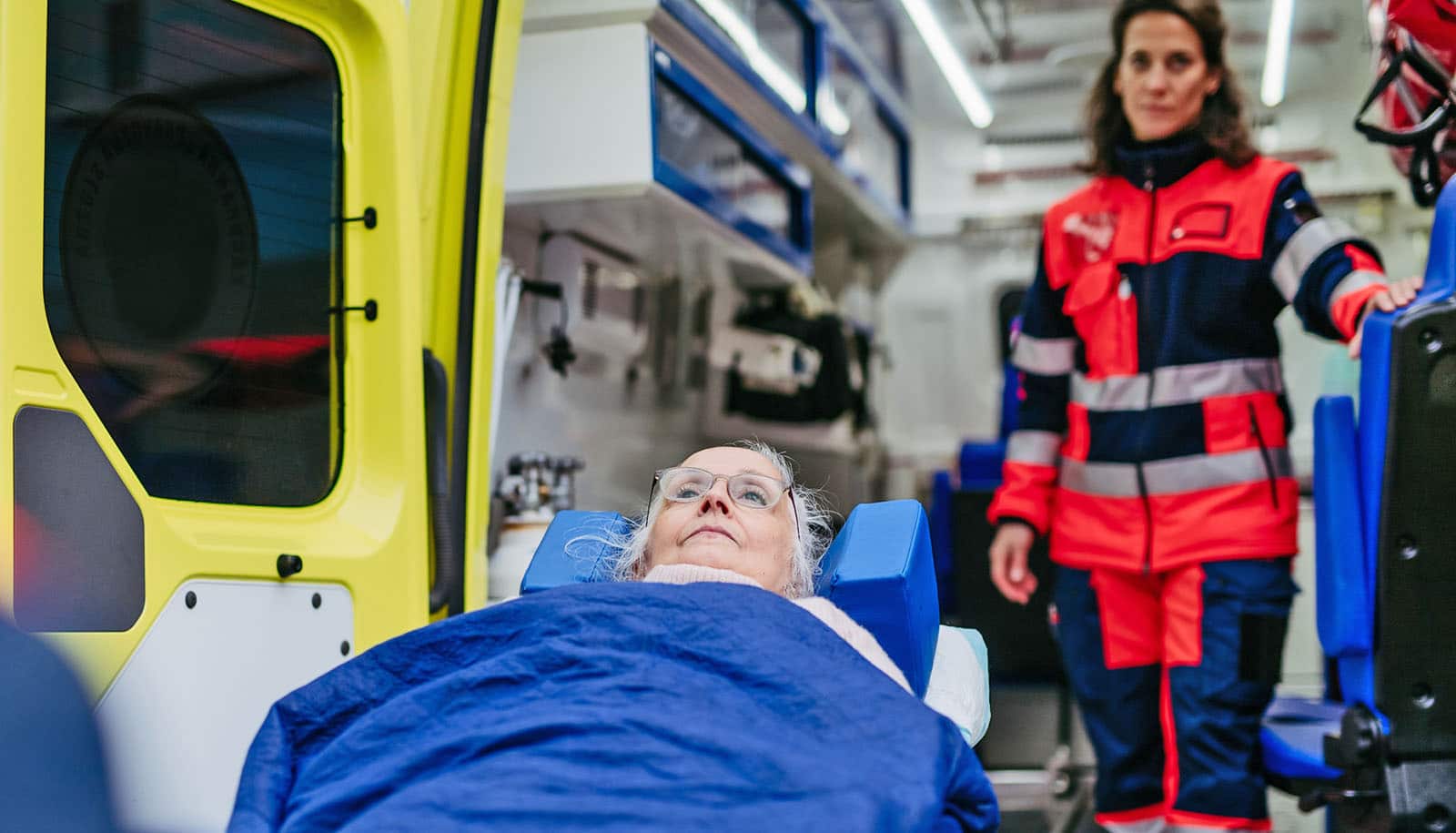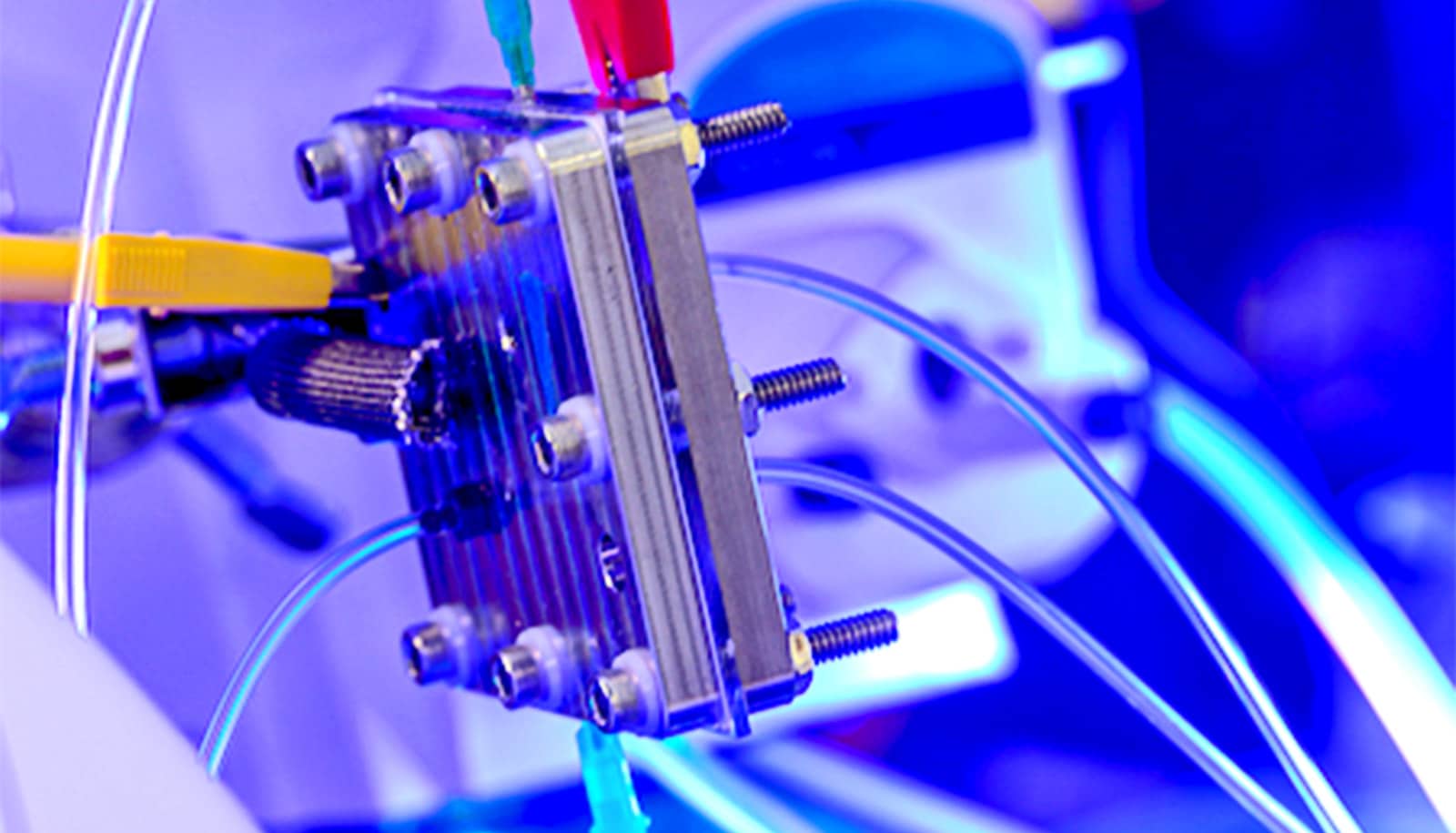Share this
Article
You are free to share this article under the Attribution 4.0 International license.
A rodenticide, a neurotoxicant called bromethalin, can bioaccumulate in birds of prey, new findings show.
In 2020, Tufts Wildlife Clinic Director Maureen Murray published a study that showed 100% of red-tailed hawks tested at the clinic were positive for exposure to anticoagulant rodenticides (ARs). Such exposure occurs when these chemicals are used to kill mice or rats, which eat the poison, and the birds eat the poisoned prey.
“We understand very well that ARs can remain active once they’ve been ingested by the prey, and when a bird of prey or other species ingests that animal, the predator will be poisoned by the residues. But with bromethalin, adequate studies to prove or disprove whether that type of secondary poisoning can happen don’t exist yet,” says Murray, an associate clinical professor at Cummings School of Veterinary Medicine. “The point of our new study is to answer a simple question: would we be able to find evidence of bromethalin exposure in birds of prey coming into the clinic? And the answer is yes, we found it.”
Murray and coauthor Elena Cox, a fellow in wildlife medicine and education, sampled the birds in the same way as the birds in the 2020 AR study. The birds of prey were from the same geographic population of birds in which Murray has found high exposure to ARs over time and were from the same four species of hawks and owls that were included in her previous studies. They found evidence of bromethalin exposure in about 30% of the birds of prey that were sampled.
The new study appears in the journal Environmental Pollution.
How does bromethalin work?
In 2008, the United States Environmental Protection Agency (EPA) tightened the rules around the sale of ARs, prompted by evidence of exposure among children, pets, and “non-target wildlife” (animals not meant to be harmed by the poison). The regulations partially went into effect in 2011.
“After that decision, some manufacturers of rodent poisons sold through general consumer outlets changed the active ingredient in their products from an AR to bromethalin, which hadn’t really been present in these types of consumer products prior to the regulations going into effect,” says Murray. Bromethalin can also be used by pest management professionals (PMPs). A 2017 study by Murray explored what products PMPs in Massachusetts used.
ARs work by thinning the blood and cause the animal to slowly bleed to death. A single feeding of a second-generation AR potentially contains enough poison to kill a rodent. However, it takes a few days for the animal to die, and in the meantime, they may be eaten by birds of prey. Even after the animal dies, its carcass contains residues that can be lethal for scavengers.
Bromethalin works by interfering with a metabolic process called oxidative phosphorylation, or how an individual cell creates energy. When that process is disrupted, the cells can’t produce the fuel to keep their normal processes functioning correctly, such as regulating fluid balance, or the amount of fluid inside the cell versus outside of the cell. When the cell can’t regulate that fluid balance anymore, it causes accumulation of fluid in abnormal spaces.
The organ system most quickly and significantly affected by that is the central nervous system. The animal ends up with fluid accumulation and increased pressure in the brain and potentially in the spinal cord. Depending on the dose, this can result in poor coordination, seizures, depressed mentation, and/or death.
Bromethalin toxicosis
To look for bromethalin exposure Murray says fat is the best tissue to analyze for the active metabolite, desmethylbromethalin. However, exposure to a poison doesn’t always cause clinical signs or death, she said.
While AR toxicosis is pretty easy to diagnose, Murray says, that is not the case with bromethalin. With AR toxicosis the animal is hemorrhaging, their red blood cell count is very low, and their blood can’t clot. However, there’s an antidote, and in less severe cases, it can be treated, she says.
“Diagnosing bromethalin toxicosis is tricky because it causes symptoms that are very non-specific. Many things can cause the same signs, such as lead poisoning, head trauma, or the current outbreak of highly pathogenic avian influenza,” says Murray. “If a red-tailed hawk comes in with a certain set of neurologic signs, right now my first guess is the bird has avian influenza until it tests negative.”
It’s also not straightforward to prove bromethalin toxicosis after death because bromethalin does not result in visible changes to organs and it does not always cause microscopic changes to tissues. For these reasons, it’s hard for the researchers to say whether bromethalin exposure is responsible for a particular bird’s clinical signs or death.
Bald eagles, too?
Murray and Cox also are coauthors of a case report that will publish later this year in the Journal of Wildlife Diseases about bromethalin exposure and possible toxicosis in a bald eagle (Haliaeetus leucocephalus). While they could not definitively prove bromethalin toxicosis in the eagle, the exclusion of the most likely other causes of death supports the possibility. The paper “shows exactly how hard it is to prove bromethalin poisoning beyond a shadow of a doubt,” Murray says.
There’s no specific treatment for bromethalin toxicosis, she adds, and no antidote, just supportive care. Still, being able to diagnose bromethalin poisoning would help clinicians determine the prognosis for an animal, because depending on the amount it consumed, it could potentially recover.
“In mammalian species, if an animal has ingested a sub-lethal amount, they may show paralysis, usually of their hind legs. In a bird, that may look to us like spinal trauma, which has a poor prognosis. But if we could prove the bird had been exposed to bromethalin, the prognosis might actually be better for that bird to recover,” Murray says.
Further monitoring and study of the potential risk of bromethalin to wildlife species is needed, the authors conclude. Also, Murray adds, the findings show the ongoing, widespread exposure of birds of prey in the northeastern United States to ARs, underscoring the need for reevaluation of mitigation measures intended to decrease this risk. The EPA is currently evaluating new mitigation measures to reduce exposure and mortality in wildlife from ARs, and the authors hope their study supports the need for further protective measures for ARs as well as for continued monitoring of wildlife species to evaluate ongoing risk and effectiveness of mitigation efforts.
The research had support from the Animal Welfare Institute and the Ruby Memorial Research Fund administered by Cummings School of Veterinary Medicine at Tufts University. Complete information on authors, funders, methodology, and conflicts of interest is available in the published paper. The content is solely the responsibility of the authors and does not necessarily represent the official views of the funders.
Source: Tufts University










